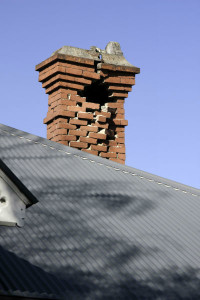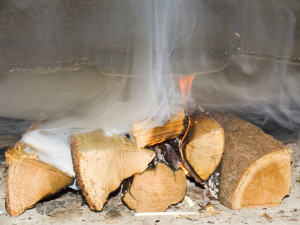Plan Your Masonry Repairs Now
Spring is a great time to jump into annual cleaning: carpets, garages, yards, and more. While you are in spring cleaning mode, don’t forget about your chimney. The Chimney Safety Institute of America (CSIA) recommends periodic chimney sweeps and annual inspections. It’s at these appointments that a CSIA Certified Chimney Sweep® will be able to detect a problem before it becomes a bigger problem.
There are a couple of reasons why spring is the perfect time for your masonry repairs.
Season Changes and Weather
The weather is finally warm enough to light your last fire. This is a great time to have your chimney cleaned, so that your fireplace or furnace doesn’t stink in the heat and humidity of summer. Having your chimney swept and inspected in the spring also leaves you the summer to make extensive repairs if damage is detected.
Spring also starts the off-season for chimney sweep companies. You can schedule routine maintenance and repairs easily, as chimney sweeps have less emergency calls at this time. Some masonry repairs can be completed in as little as a day, and others may take more, but scheduling during the off-season allow homeowners more freedom in availability.
Common masonry damage includes:
- Water damage which leaves holes and gaps in the masonry, causing internal deterioration and discoloration of the bricks
- Poor design and improper installation causes smoke problems in the home, as well as fire hazard
- Age causes regular wear-and-tear on masonry chimneys
- Environmental changes such as storms, natural disasters including tornadoes and earthquakes, and drastic temperature changes can dramatically reduce the life of your chimney
- Chimney crown damage or improper seal can cause a leaky chimney, which wreaks havoc on masonry
If your chimney has damage that needs to be addressed, this is the time to repair it. A wet spring is not a good combination with a damaged or leaky chimney. Scheduling your repairs today will save you money in the long run because damage only gets worse with time.
Common Masonry Repairs
Some masonry repairs may be more cosmetic than anything—repairs you’d consider before putting your home on the market or renovating. These repairs are also best scheduled at this time of year. The weather and temperature make it possible for the chimney sweep to work easily, and the chimney to remain cool during the repair. Cosmetic repairs can range from mortar repairs, brickwork, and restorative stonework, to minor cleaning and water proofing.
Other repairs can include tuckpointing, which is needed when the mortar between the bricks is cracked or damaged. The mortar is carefully removed and new mortar is packed in. The chimney sweep works meticulously to match the color, composition, and strength of the existing mortar so the finished product looks seamlessly matched. Brick re-facing is a masonry repair in which bricks are removed and replaced one-by-one because they have begun to spall or lose its facing.
No matter your masonry repair needs, there is no better time than spring, and with chimney repairs, sooner is better than later. Schedule an appointment with Chief Chimney Services today.



